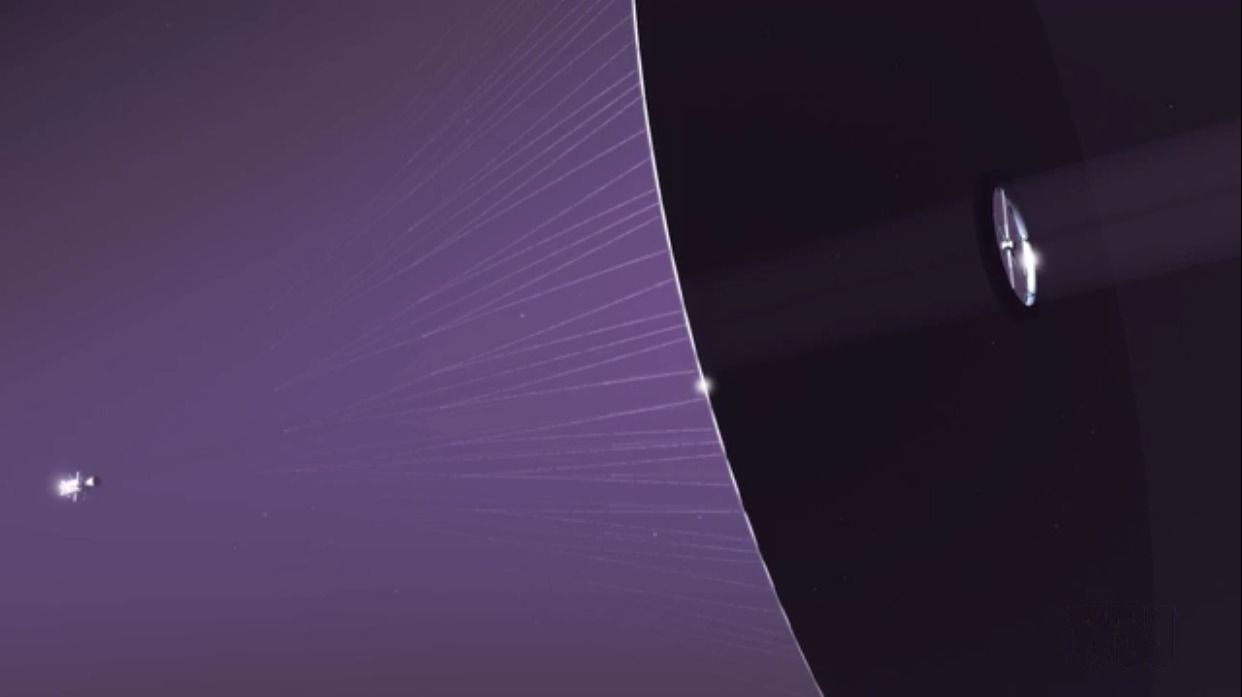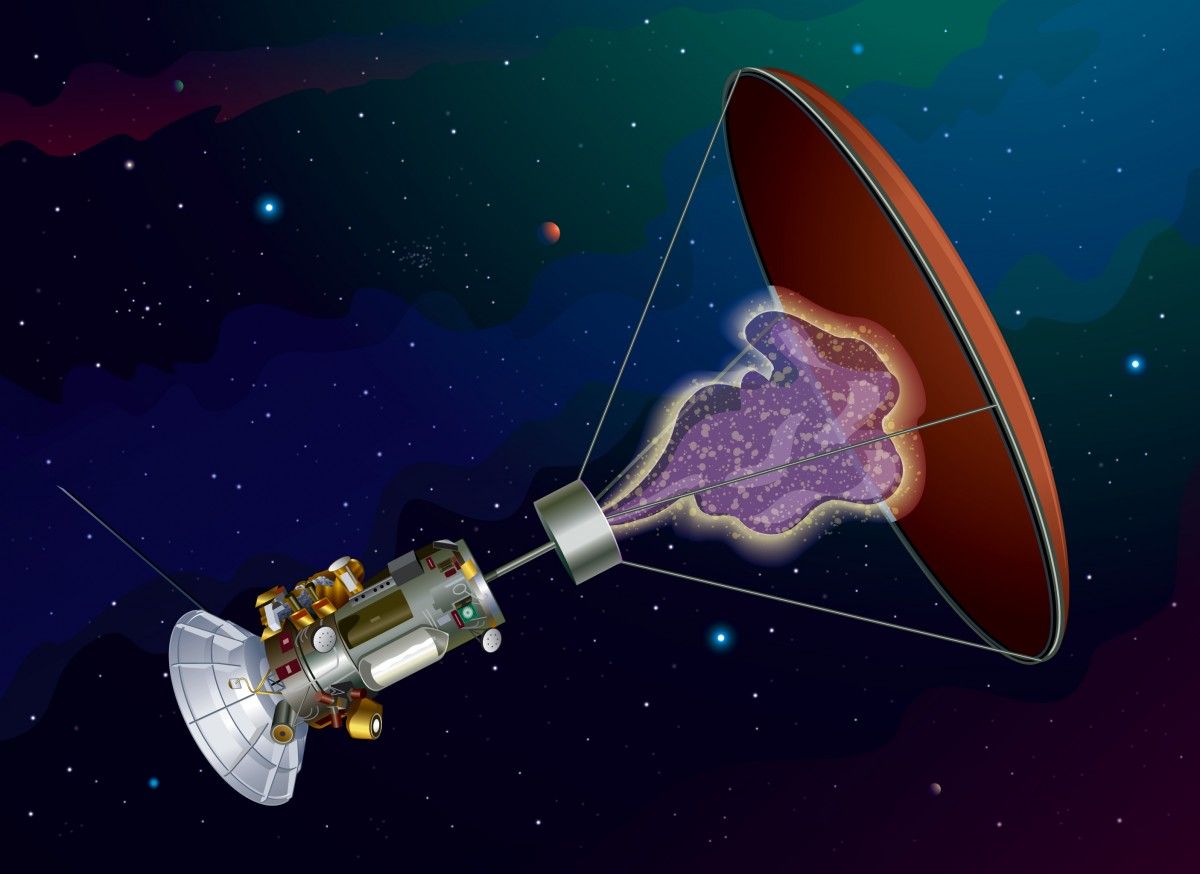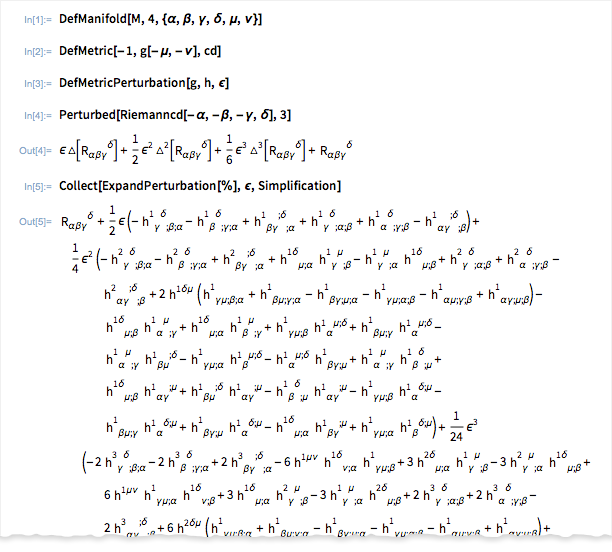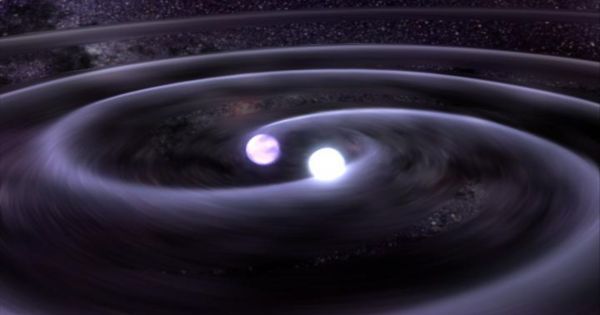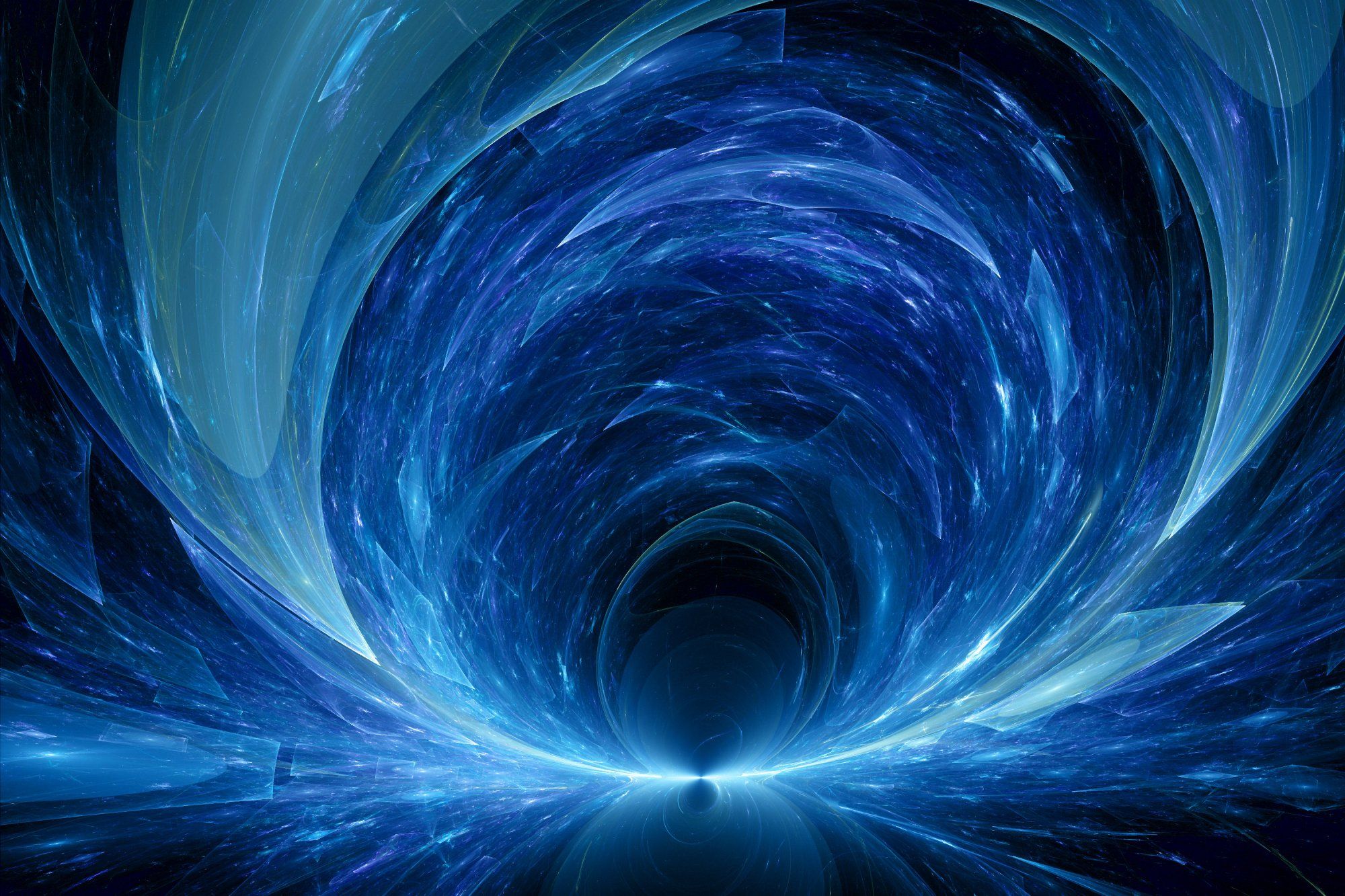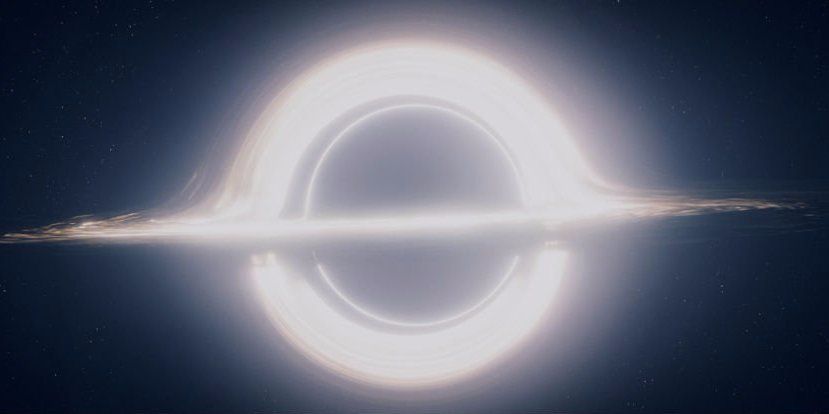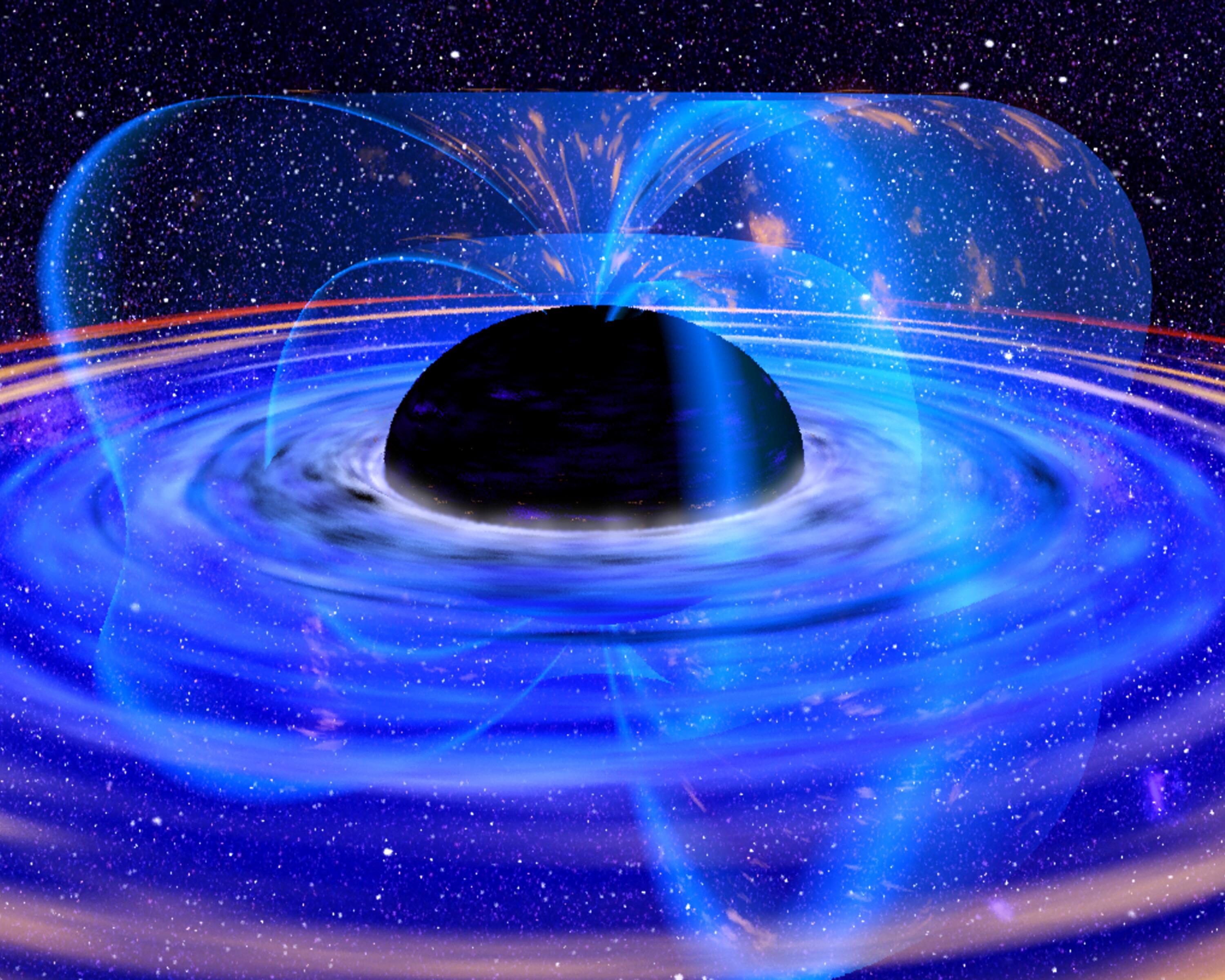In June, a team of programmers will release a ground-breaking new video game called No Man’s Sky, which uses artificial intelligence and procedural generation to self-create an entire cosmos full of planets. Running off 600,000 lines of code, the game creates an artificial galaxy populated by 18,446,744,073,709,551,616 unique planets that you can travel to and explore.
Though this artificial universe is realistic down to the dimensions of a blade of grass, faster than light-speed travel is available in order for players to bridge the unfathomable distances between stars.
Chief architect Sean Murray says No Man’s Sky is different than most games because the landscapes and distances aren’t faked. While most space-based games utilize a skybox that simply rotates between different modalities, No Man’s Sky is virtually limitless and employs real physics.

